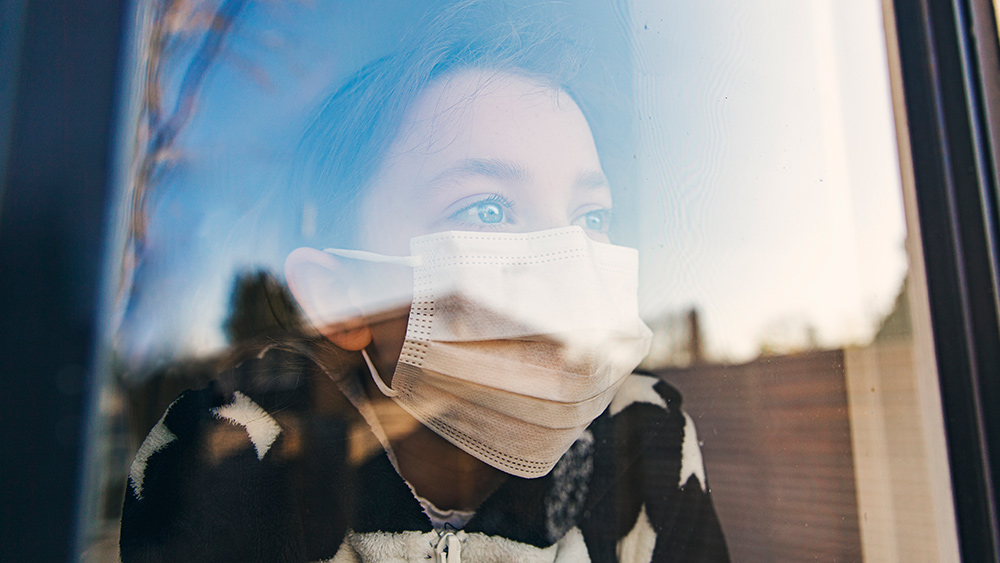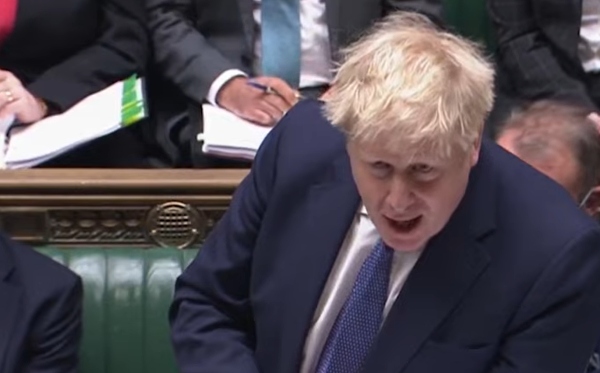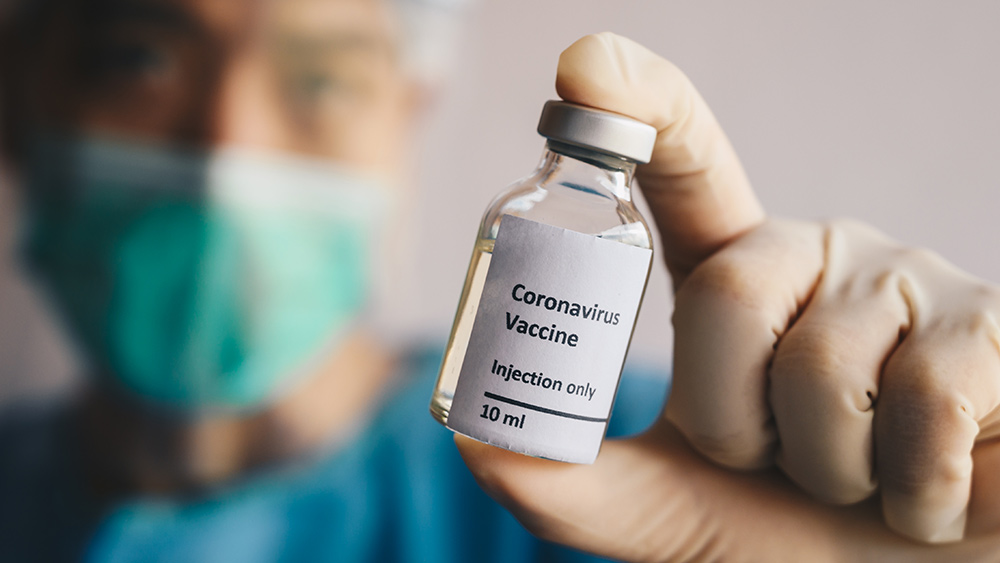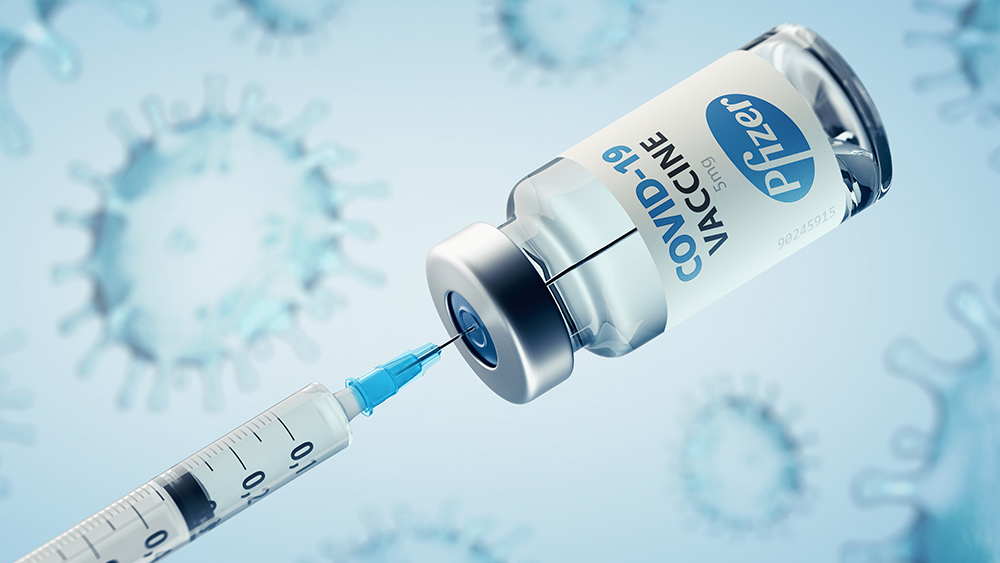CDC shortens recommended isolation time for asymptomatic COVID patients
01/04/2022 / By Mary Villareal

The Centers for Disease Control and Prevention (CDC) has shortened the recommended isolation time for asymptomatic patients who tested positive for the Wuhan coronavirus (COVID-19).
While the decision seems somehow dangerous, the CDC said that they are cutting the time based on what they currently know about the omicron variant. From 10 days, the CDC is cutting the isolation time of asymptomatic patients to five days, followed by five days of wearing a mask when around other people.
“The change is motivated by science demonstrating that the majority of SARS-CoV-2 transmission occurs early in the course of illness, generally in the 1-2 days prior to the onset of symptoms and the 2-3 days after,” the CDC said in a news release.
“Therefore, people who test positive should isolate for 5 days and, if asymptomatic at that time, they may leave isolation if they can continue to mask for 5 days to minimize the risk of infecting others.”
In the news release, the CDC noted that isolation relates to behavior after a confirmed infection, adding that wearing a well-fitting mask will minimize the risk of spreading the virus to others. Quarantine, meanwhile, refers to the time following exposure to the virus, or close contact with someone known to have COVID-19.
The CDC also said that its decision came from the understanding that most COVID transmissions occur early in the course of the illness, generally between one and two days before the onset of symptoms and two to three days after a person becomes symptomatic.
Before the announcement, disease experts had questioned whether or not the old CDC isolation guidelines were too strict, even for those who developed symptoms.
Dr. Ashish Jha, the dean of the Brown University School of Public Health, said that five days of isolation and two negative antigen tests should be enough to end the isolation period. He cited evidence that the average person with COVID probably isn’t contagious at least five days after their first positive test, though some people may be contagious for longer or shorter periods. Rapid tests, he mentioned, are good proxy for contagiousness, since they are designed to yield positive results when a person’s viral load is at its highest.
“Having two antigen tests come up negative is a very, very safe way to ensure that you’re pretty much outside of your window of infectiousness,” said Andy Pekosz, a virologist at the Johns Hopkins Bloomberg School of Public Health. He also said that a second negative test result adds to a level of security that allows people to feel confident that someone can go back to their workplace without spreading the virus.
For those with no access to rapid tests, however, a week of isolation may still be necessary. Pekosz also mentioned that this period is a fair estimate for those who can’t confirm their testing status. But for those who can, a 10-day isolation may be overly cautious.
Experts weigh in on shorter isolation time
Juliet Morrison, a virologist at the University of California, Riverside, said that people should rely more on antigen test results than the symptoms. She also noted that the isolation guidelines should consider a person’s vaccination status since those who are vaccinated should be clearing the virus faster than those who are not.
This means that if five days is enough to clear someone, there is no reason to insist on having them stay in isolation longer – considering that people still need to go out to work and support their families.
However, some experts are still wary of how reliable rapid tests can be when it comes to determining whether or not a person is contagious. People who want to test themselves out of isolation would not want to get their PCR tests because these tests detect coronavirus far beyond when they are actually contagious.
There are others who say that antigen tests are not foolproof. Antigen tests behave differently and each brand works slightly differently and has different “limits of detection,” meaning they vary in the amount of virus present before it can be detected. (Related: Canada’s “voluntary” covid quarantine camps quickly becoming involuntary.)
Susan Butler-Wu, an associate professor of clinical pathology at the University of Southern California, said that she would not feel comfortable isolating herself for fewer than 10 days with COVID-19, especially as scientists are still studying how well rapid tests detect the omicron variant and how long people with the same variant remain capable of infecting others.
Morrison also noted that because omicron is new, there is not much that experts know about it other than that it is more transmissible, which is why the length of isolation may be hit-or-miss in itself. “So the 10-day isolation period might be too short, but it might also just be perfect.”
Watch the video below to learn more about how the government is handling the pandemic.
This video is from the Gezond Verstand (Common Sense) channel on Brighteon.com.
Sources include:
Tagged Under: asymptomatic, CDC, coronavirus, covid-19, freedom, infections, isolation period, medical fascism, Medical Tyranny, omicron, outbreak, pandemic, PCR test, quarantine, rapid tests
RECENT NEWS & ARTICLES
COPYRIGHT © 2018 DECEPTION.NEWS
All content posted on this site is protected under Free Speech. Deception.news is not responsible for content written by contributing authors. The information on this site is provided for educational and entertainment purposes only. It is not intended as a substitute for professional advice of any kind. Deception.news assumes no responsibility for the use or misuse of this material. All trademarks, registered trademarks and service marks mentioned on this site are the property of their respective owners.




















